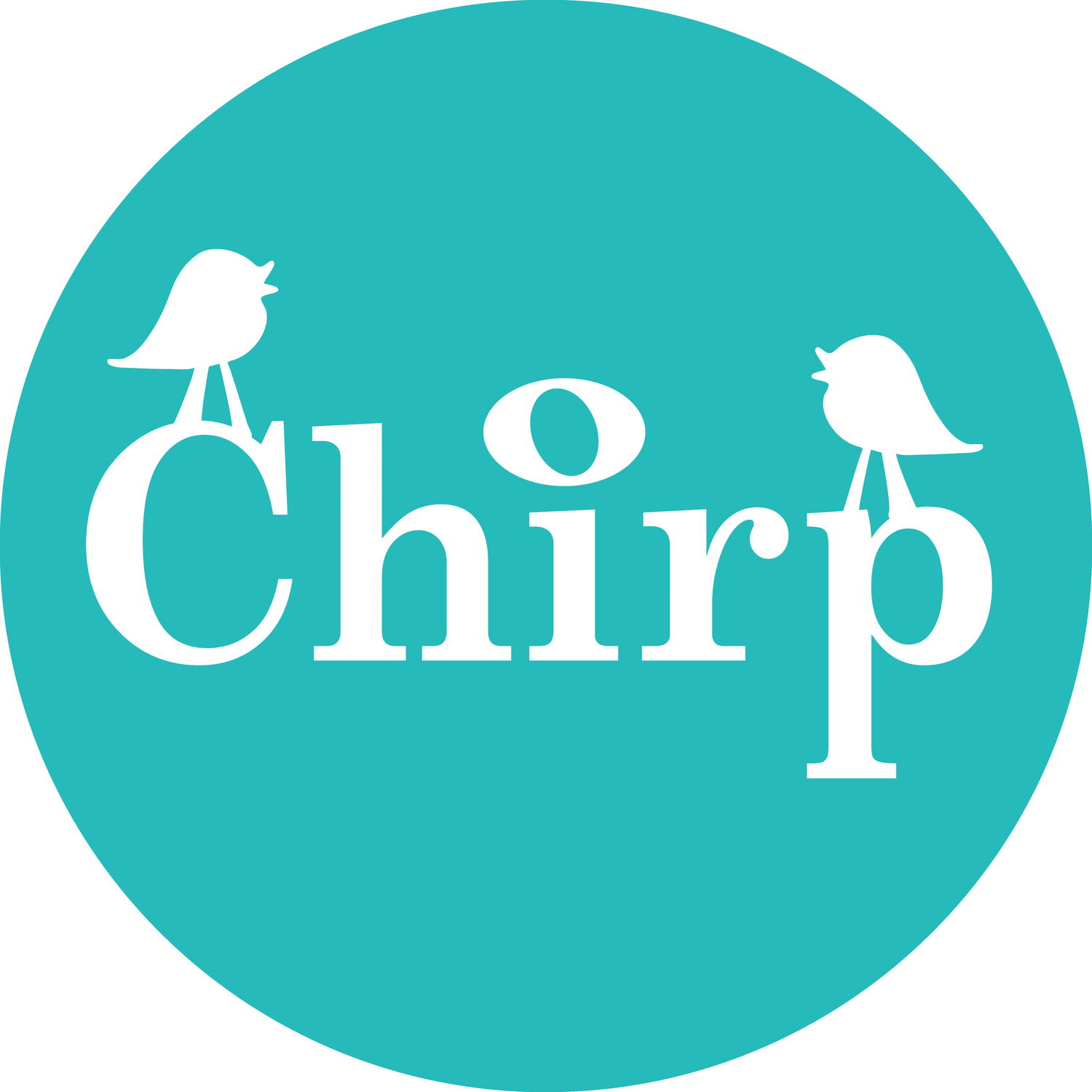By Nevit Dilmen (talk) and Tekks (Own work) [CC BY-SA 3.0 (http://creativecommons.org/licenses/by-sa/3.0)], via Wikimedia Commons
Our world is awash with stories.
Not only ones we seek out, but others we're confronted with whether we like it or not. True stories, fictional stories, fictional stories purporting to be true stories… They feature in every aspect of our daily lives, from business to politics to leisure.
And for good reason. Storytelling is an extremely powerful tool. It alters the activity in your brain, influencing not only what you think and feel, but how you act. Which is quite useful if you’ve ever needed to convince someone of something – whether it’s that they should donate to charity or hire you for your dream job.
There’s a fascinating – and growing – body of research into the science behind storytelling. Labs across the world are exploring how stories impact on the human brain – from how we understand them to their role in communication.
Curious? Read on for three examples (referenced below) you might find useful when telling your own stories. And for insightful analysis of what to do with this all storytelling, do check out Sisonke Msimang's excellent Ted talk.
1. Simulation of reality
Hearing or reading a story creates a simulation of reality in your brain. In other words, your brain processes the story as if you were actually experiencing its events first-hand.[i] That ‘real’ experience can provide a useful short-cut to improving understanding and emotional connection between storyteller and audience.
2. Emotion and empathy
Emotionally arousing stories raise the pain thresholds of the audience, and increase their sense of group bonding.[ii] Stories with a strong emotional and dramatic arc are also more likely to inspire empathy in the audience and influence their subsequent actions (such as charitable giving) than stories that are emotionally neutral.[iii] [iv]
3. Alignment and communication
Storytelling “couples” or aligns your brain with that of your listener. When you tell people a story, their brain activity begins to mirror yours and you interpret the story in the same way. The stronger the similarity in your brain activity, the better the communication between you and your listener(s).[v] [vi] Uri Hasson’s Ted talk, though a few years old now, is useful for a quick overview of some of this research – and why it matters.
This is the first of our three-part series on storytelling. Do drop us a line if you have any questions, or would like to know more about how you can use storytelling more effectively at work. Or sign up to download our free Chirp Workbook.
[i] Oatley, K (2012), The Cognitive Science of Fiction. Wiley Interdisciplinary Reviews: Cognitive Science. 3(4), 425-430.
[ii] Dunbar RIM, Teasdale B, Thompson J, Budelmann F, Duncan S, van Emde Boas E, Maguire L. (2016) Emotional arousal when watching drama increases pain threshold and social bonding. Royal Society open science, 3: 160288.
[iii] Barraza, J., Alexander, V., Beavin, L. Terris, E., & Zak, P. (2015). The heart of the story: Peripheral physiology during narrative exposure predicts charitable giving. Biological Psychology. 105, 138-143.
[iv] Zak, P. J. (2015). Why Inspiring Stories Make Us React: The Neuroscience of Narrative. Cerebrum: The Dana Forum on Brain Science, 2.
[v] Stephens, G. J., Silbert, L. J., & Hasson, U. (2010). Speaker–listener neural coupling underlies successful communication. Proceedings of the National Academy of Sciences of the United States of America, 107(32), 14425–14430
[vi] Liu, Y., Piazza E., Simony, E., Shewokis, P., Onaral, B., Hasson, U., Ayaz, H. Measuring speaker–listener neural coupling with functional near infrared spectroscopy. PRE-PRINT. bioRxiv preprint first posted online Oct. 16, 2016; doi: http://dx.doi.org/10.1101/081166.

![By Nevit Dilmen (talk) and Tekks (Own work) [CC BY-SA 3.0 (http://creativecommons.org/licenses/by-sa/3.0)], via Wikimedia Commons](https://images.squarespace-cdn.com/content/v1/563f8bf2e4b0ff7145098067/1487353402802-6KV6DCOOTUVKUE9QJI4Y/brain+scan)